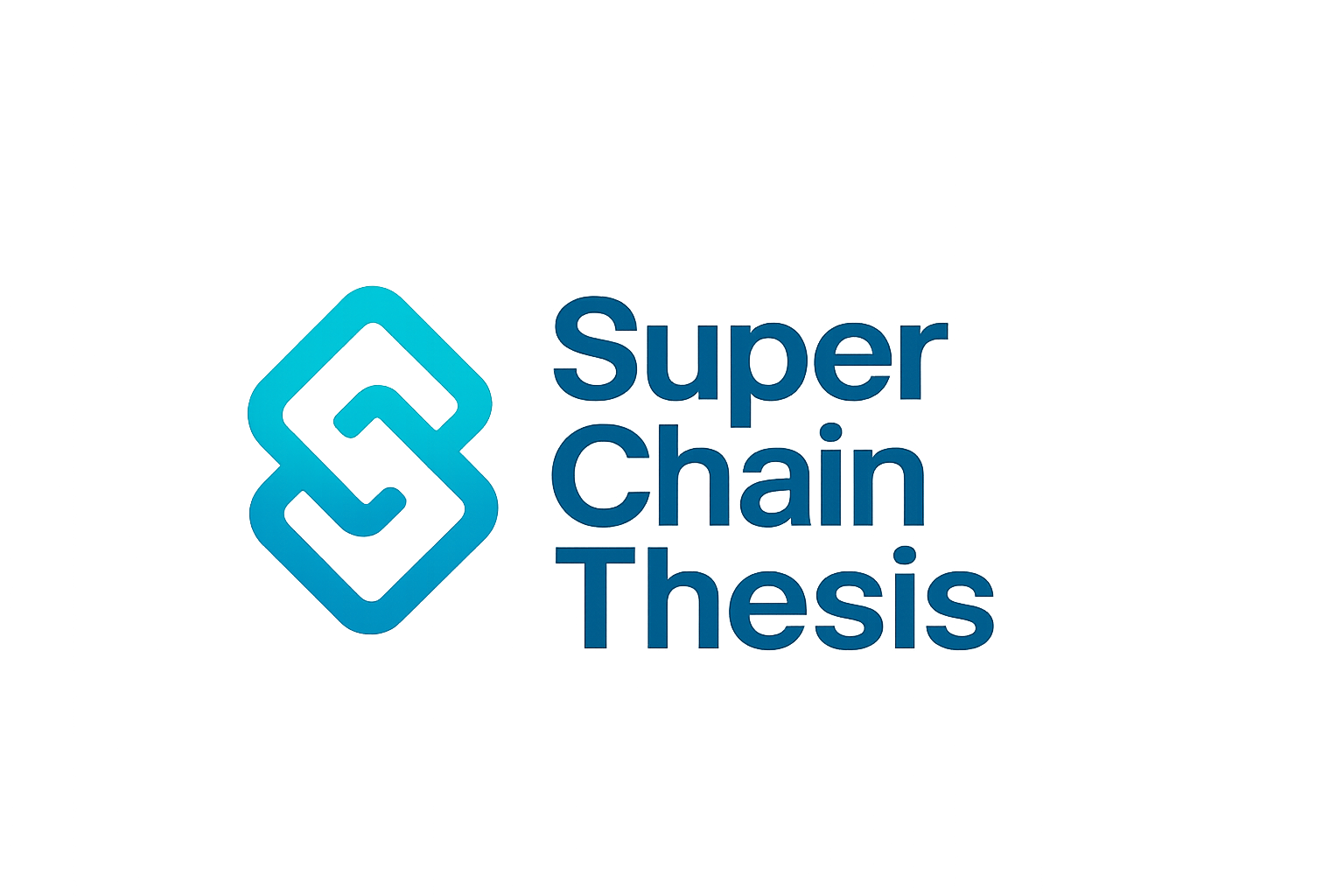
In the relentless pursuit of blockchain scalability and real-time user experience, a new paradigm is emerging: ephemeral rollups. These temporary, high-performance mini-chains are rapidly gaining traction across DeFi, gaming, and NFTs, promising to bridge the gap between Web3’s security and Web2’s speed. Nowhere is this transformation more apparent than on Solana, where MagicBlock’s ephemeral rollups are setting a new standard for what’s possible in decentralized applications.
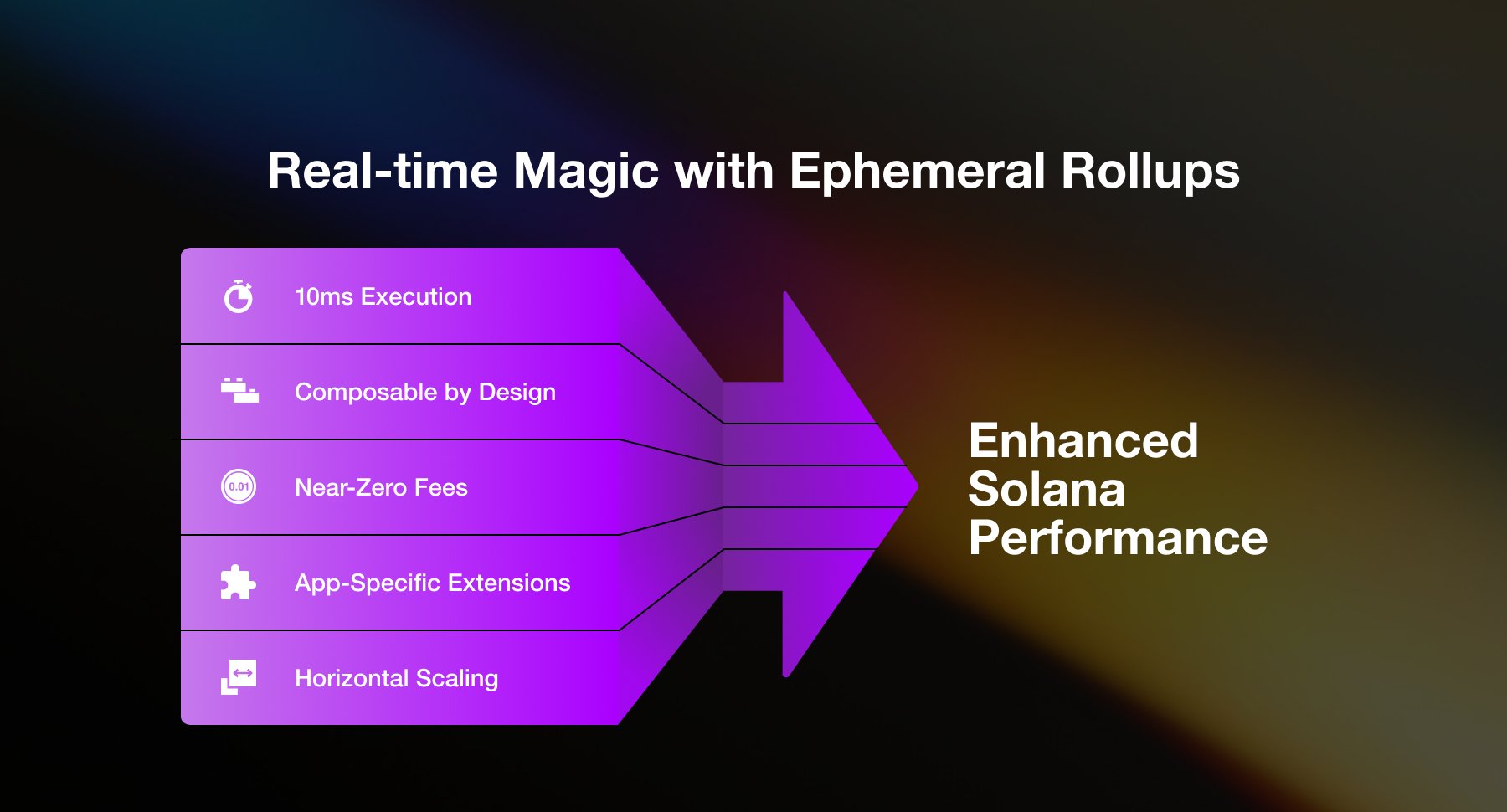
What Are Ephemeral Rollups? The Mini-Chain Revolution
Ephemeral rollups are short-lived, purpose-built execution environments that can be spun up on demand. Unlike traditional rollups, which persist as semi-permanent Layer 2 chains, ephemeral rollups exist only as long as needed, processing transactions at ultra-low latency (as low as 10, 50 milliseconds) before committing their final state back to the base layer. This model sidesteps the bottlenecks of global consensus, enabling real-time interactivity for applications that demand it.
MagicBlock’s implementation on Solana exemplifies this approach. By operating in parallel with Solana’s L1, these rollups allow dApps to process high-throughput workloads off-chain during a session, then trustlessly settle results on-chain. Crucially, ephemeral rollups do not fragment liquidity or require users to bridge assets or adopt new tokens, they maintain seamless composability with Solana’s core ecosystem. This unlocks a new class of decentralized experiences that previously required centralized servers or off-chain computation.
Key Features: Speed, Composability, and Zero Fragmentation
The appeal of ephemeral rollups lies in their ability to deliver Web2-level performance while preserving the trust guarantees of blockchain. Key features include:
- Ultra-Low Latency: End-to-end transaction times under 50 milliseconds globally, vital for gaming, DeFi trading, and live NFT minting.
- Seamless Integration: Rollups operate as parallel sessions, committing results back to L1 with cryptographic security and no trust assumptions.
- No Fragmentation: Full access to Solana’s liquidity, composability, and user base, no bridges, no wrapped tokens, no silos.
- Elastic Scalability: Horizontal execution means resources scale up or down with demand, supporting mass-market applications without congestion.
This architecture is not only cost-efficient but also eliminates the complexity of managing multiple chains, which has long been a pain point for developers and users alike. For a deeper technical breakdown, see this analysis on AbstractWatch.
Sector Impact: DeFi, Gaming, and NFTs Reimagined
The ripple effects of ephemeral rollups are being felt most acutely in three sectors:
- DeFi: Real-time price discovery and settlement become possible without external oracles. Automated trading protocols can execute at millisecond speeds, and risk management tools update instantaneously, all while retaining full transparency and auditability.
- Gaming: With 10-millisecond block times, fully on-chain games can now deliver experiences indistinguishable from traditional online games. Player actions, state changes, and in-game economies update in real time, while assets remain secured by the underlying L1.
- NFTs: Instant, gas-free NFT trading and minting at scale become feasible, enabling new forms of digital collectibles and interactive experiences that were previously impossible due to network congestion and high fees.
The elimination of liquidity fragmentation is particularly significant for composable DeFi protocols and NFT marketplaces, allowing assets and data to flow freely across applications. For those interested in the intersection of ephemeral rollups and gaming, this deep dive provides additional context.
How Ephemeral Rollups Differ from Traditional Rollup Models
Unlike persistent rollups (such as OP Stack or Arbitrum Orbit), which create long-lived Layer 2 environments, ephemeral rollups are spun up for specific workloads or sessions. This design brings several strategic advantages:
- No Long-Term Overhead: Resources are allocated only when needed, reducing ongoing infrastructure costs.
- No User Migration: Users interact with dApps as normal, without switching networks or managing bridges.
- Enhanced Security: Final settlement occurs on the base layer, leveraging its full cryptographic security model.
- Developer Flexibility: Builders can tailor execution environments for specific use cases, be it high-frequency trading, real-time gaming, or NFT auctions, without being constrained by global throughput limits.
This temporary execution paradigm is already inspiring new design patterns across Web3. For a comparative perspective on how ephemeral rollups fit into the broader superchain movement, refer to this resource.
Ephemeral rollups are quickly becoming the go-to solution for teams seeking to push the boundaries of what’s possible on-chain. Their ability to deliver both speed and composability, without the trade-offs of fragmentation or complex bridging, is particularly attractive in an era where user experience and capital efficiency are paramount.
Strategic Implications for Superchain and OP Stack Ecosystems
While MagicBlock’s ephemeral rollups are currently transforming Solana’s landscape, the underlying concept is highly relevant to the broader superchain vision. The OP Stack, with its modular and open-source approach, is well-positioned to incorporate ephemeral rollup architectures. As superchain infrastructure evolves, expect to see similar short-lived, app-specific rollups deployed across Ethereum and other ecosystems, further enhancing scalability and interoperability.
This trend opens up several strategic opportunities:
- Rollup-as-a-Service (RaaS): On-demand rollup deployment will become a core primitive for developers, lowering barriers to entry for new dApps and enabling rapid experimentation with novel business models.
- Shared Sequencers: By leveraging shared sequencers, multiple ephemeral rollups can achieve atomicity and synchrony, unlocking new forms of cross-rollup composability within the superchain framework.
- MEV Mitigation: The ephemeral nature of these mini-chains can reduce opportunities for MEV extraction, as sessions are isolated and short-lived, limiting the scope for frontrunning and sandwich attacks.
For a comprehensive look at how these innovations are shaping modular blockchain scalability, see this resource.
Challenges and Open Questions
Despite their promise, ephemeral rollups introduce new complexities. Monitoring and auditing short-lived execution environments requires robust tooling to ensure security and compliance. Additionally, standardizing interfaces for ephemeral rollup deployment across different L1s and L2s remains an open challenge. As adoption grows, expect the ecosystem to converge on best practices for data availability, state proofs, and session management.
Another consideration is developer education. Building with ephemeral rollups demands a new mindset: developers must architect applications for bursty, session-based execution while preserving state integrity and user experience. However, the potential rewards – instant settlement, gasless UX, and seamless composability – are driving rapid experimentation and toolchain development.
Top Use Cases for Ephemeral Rollups in DeFi, Gaming, and NFTs
-
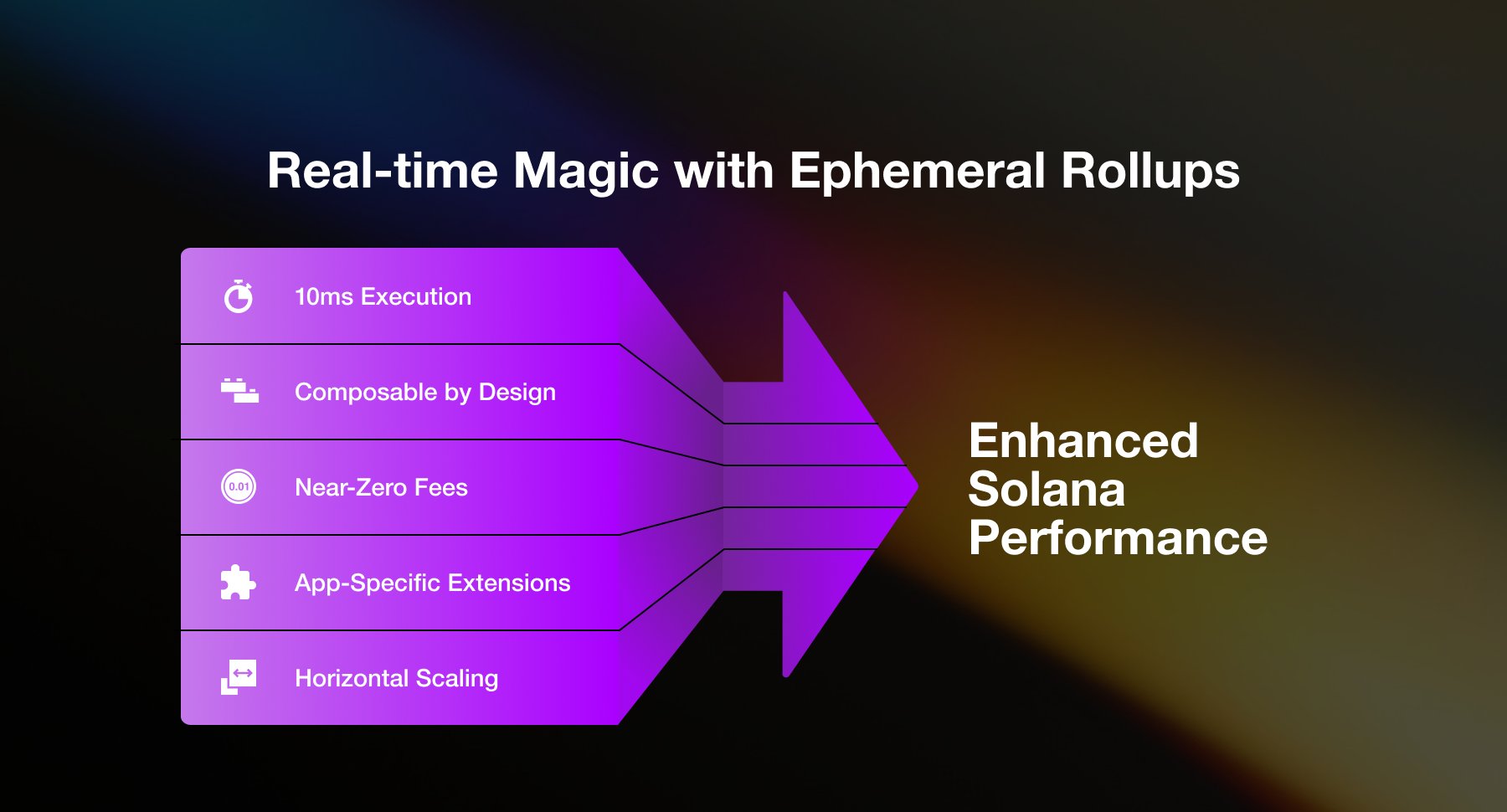
Real-Time DeFi Trading & Settlement: Ephemeral rollups enable ultra-fast, on-chain trade execution and live price discovery, eliminating the need for off-chain oracles and allowing for transparent, trustless DeFi protocols. This results in millisecond-level settlement and seamless access to Solana’s liquidity.
-
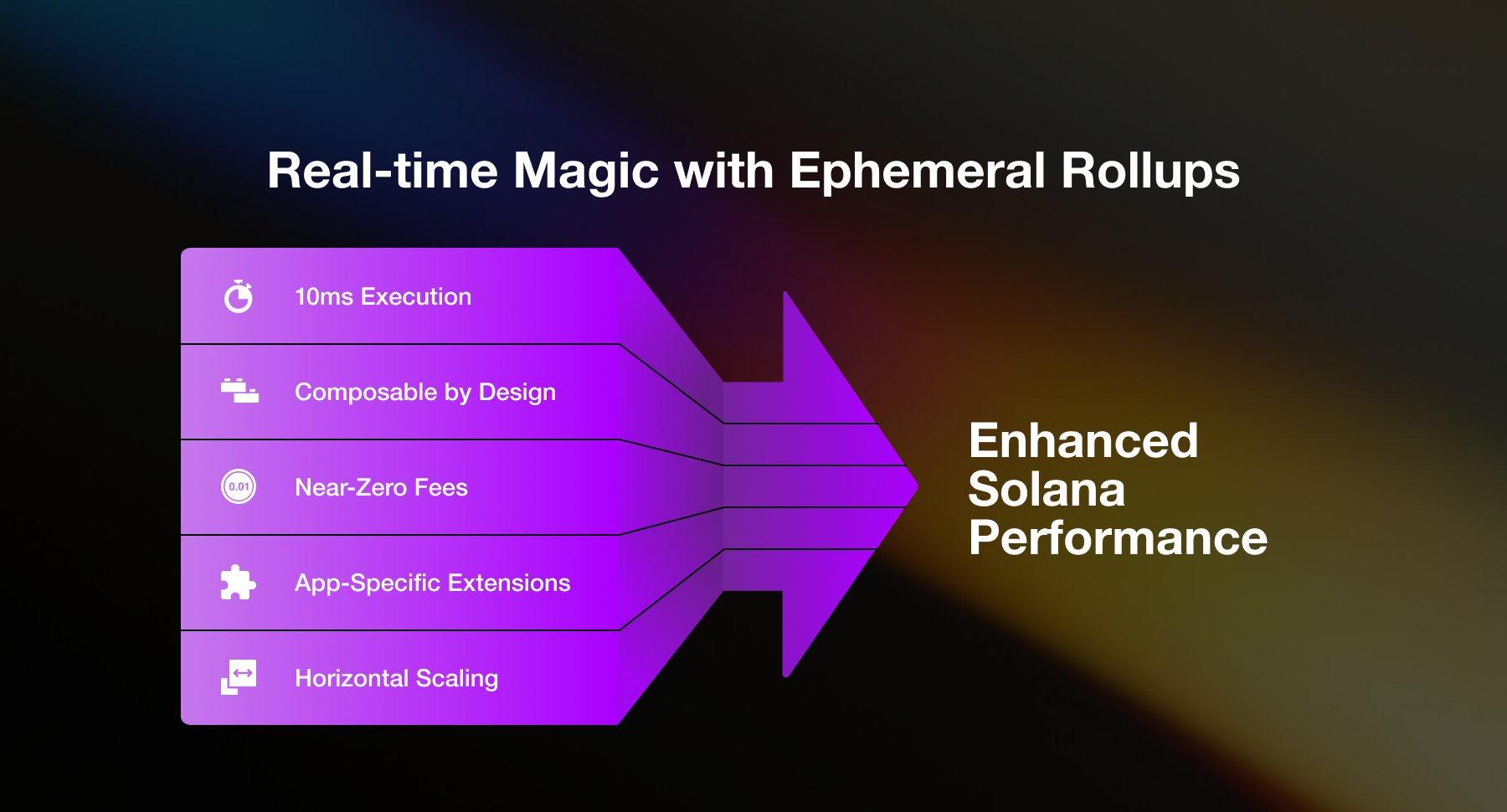
High-Performance On-Chain Gaming: With block times as low as 10 milliseconds, ephemeral rollups empower developers to create real-time multiplayer games on Solana. Players experience instant state updates and low-latency gameplay, while assets and logic remain secured on the main chain.
-

Gas-Free NFT Trading & Gaming: Ephemeral rollups support gasless NFT transactions and high-throughput NFT-based games. This makes it possible to trade, mint, or use NFTs in games at scale, without compromising on security or composability with the Solana ecosystem.
-
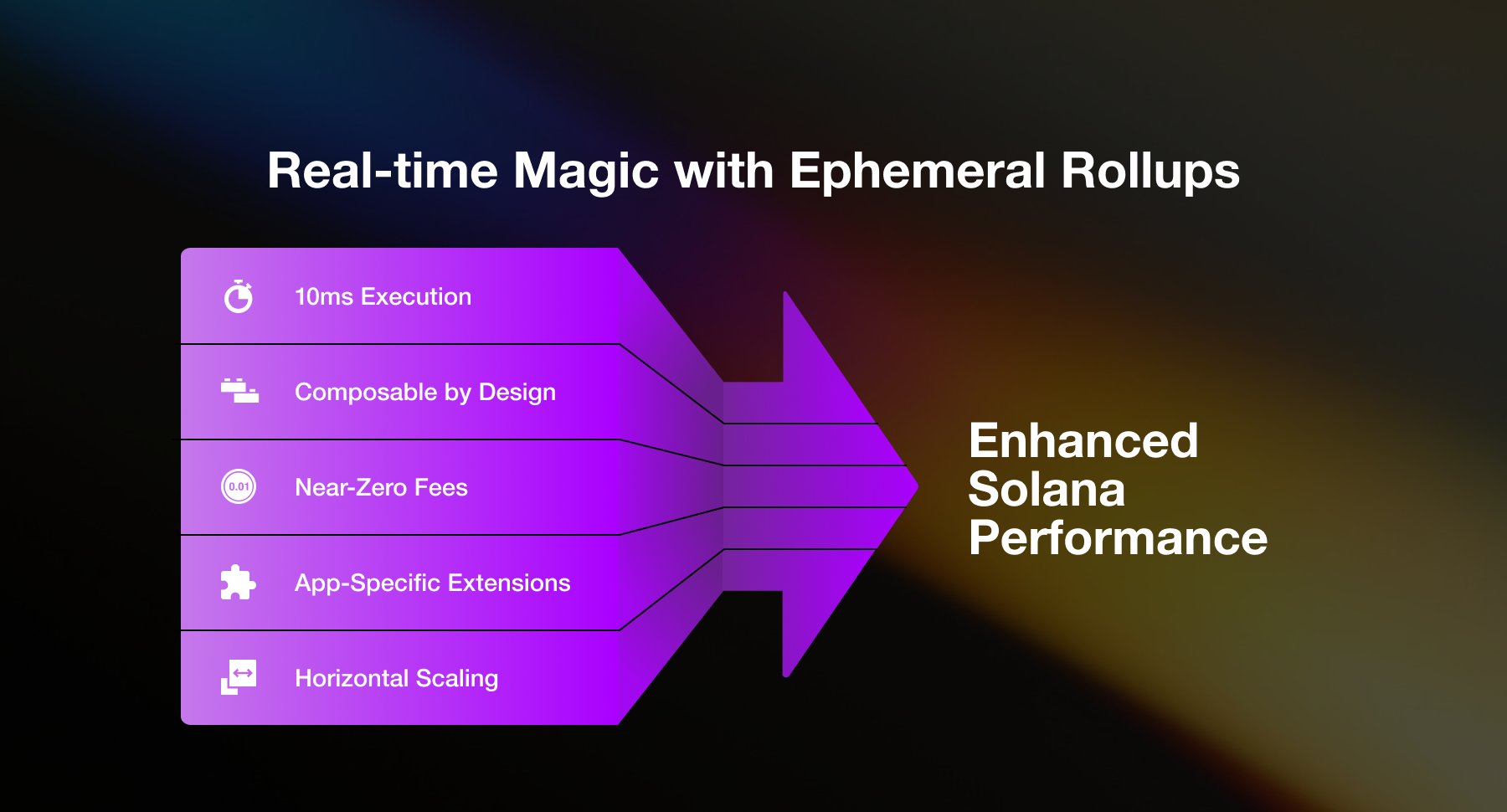
Flash Auctions & Real-Time Marketplaces: The low latency of ephemeral rollups enables flash auctions and dynamic marketplaces for digital assets, where bids and settlements happen in real time and are finalized on Solana L1.
-
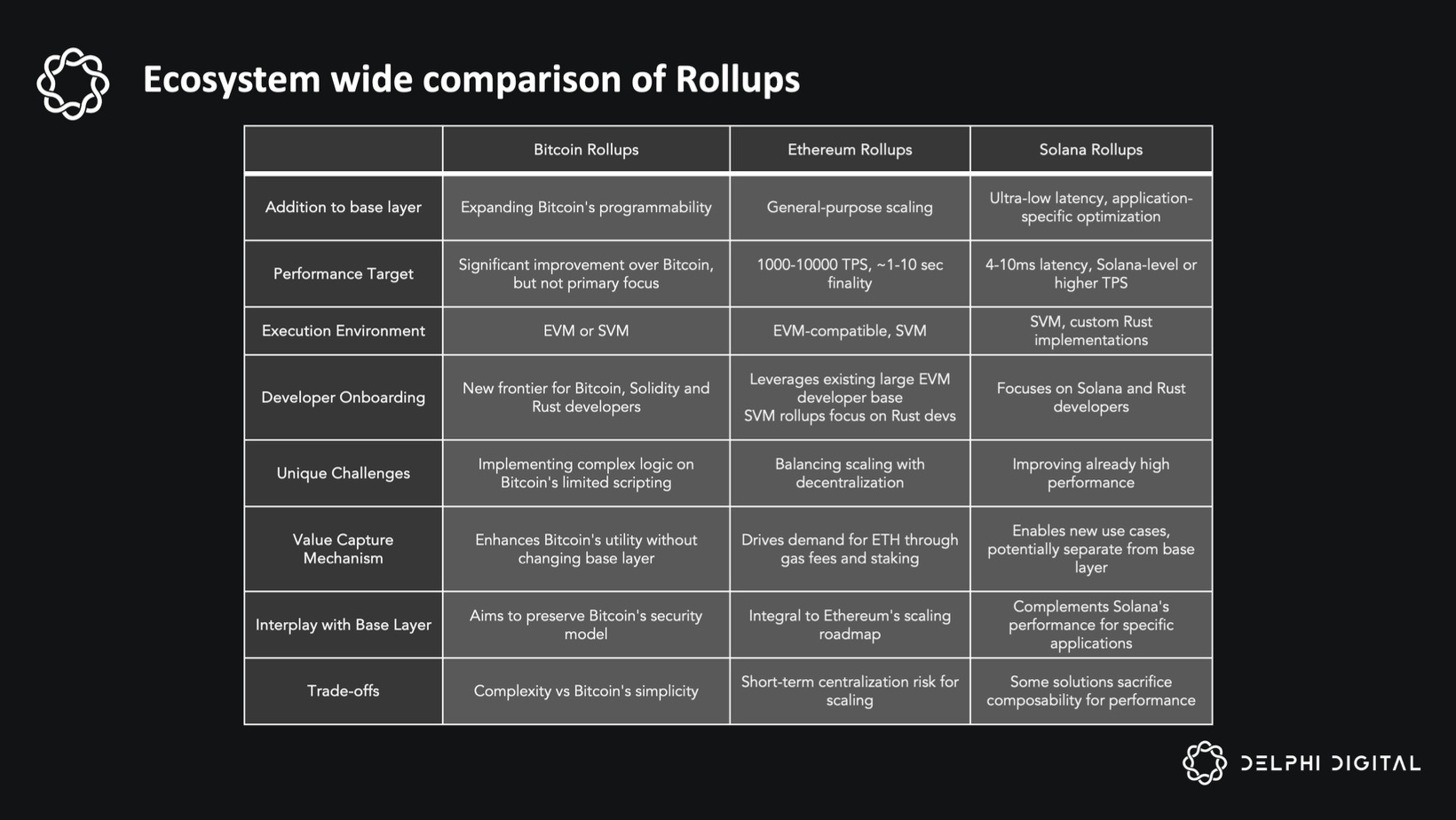
Composable dApp Sessions: Developers can spin up temporary, high-speed execution environments for specific dApp sessions (such as tournaments or collaborative events), ensuring scalability and seamless integration with Solana’s base layer.
What Comes Next?
As the superchain movement accelerates, ephemeral rollups are poised to become a foundational primitive for next-generation dApps. Their ability to elastically scale resources, eliminate liquidity silos, and deliver real-time performance positions them at the forefront of blockchain innovation. Whether on Solana, Ethereum, or within emerging OP Stack deployments, expect a proliferation of application-specific, disposable rollups tailored for everything from high-frequency DeFi trading to immersive on-chain gaming worlds.
For those building or investing in the future of Web3, tracking the evolution of ephemeral rollup infrastructure will be critical. As standards solidify and cross-chain interoperability matures, these mini-chains could ultimately redefine how we think about scalability, composability, and user experience across the decentralized web.
